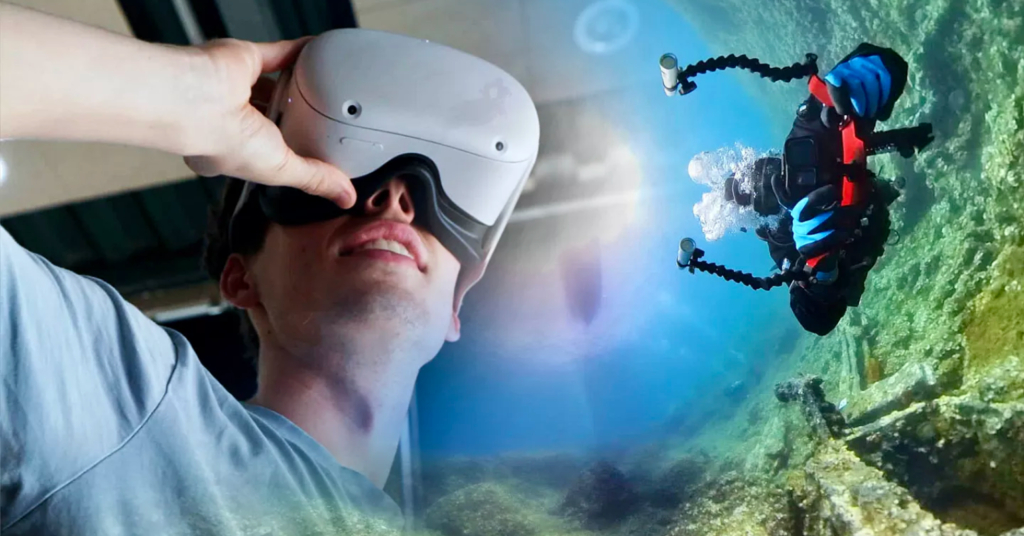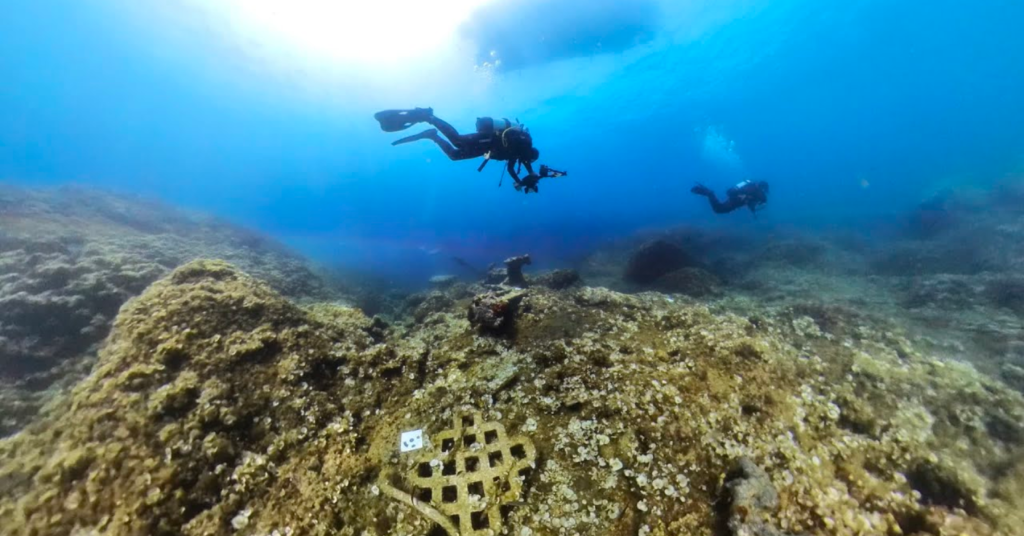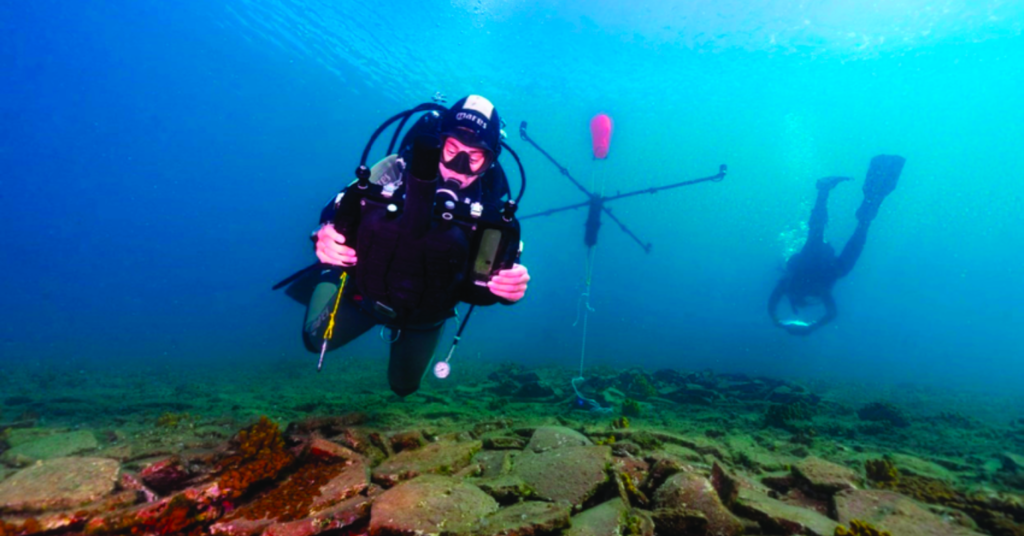
Each year, Isole Tremiti in Italy welcomes 100,000 tourists, yet many miss the true marvels hidden beneath the waves. Led by Fabio Bruno from the University of Calabria, a dedicated team of researchers is on a mission to unveil these submerged treasures for all to experience.
Fabio Bruno elucidates, “Not everyone can access underwater cultural heritage, as it necessitates diving. To make this vast heritage accessible to the general public, it’s crucial to leverage multimedia technologies that enable visitors to explore these sites and understand their significance.”
Creating a Sustainable Digital Legacy
The CREAMARE team is engaged in something truly remarkable – crafting a meticulous 3D model of the entire shipwreck. Salvatore Medaglia, an archaeologist at the National Superintendency for Underwater Cultural Heritage, shares, “Digitizing and creating a three-dimensional model of this wreck will enable those who cannot dive, who aren’t able to go underwater, to experience a virtual dive similar to that of real divers.”
Their secret weapon? Photogrammetry. By capturing a series of still shots using an affordable underwater camera, they’re transforming these photographs into an immersive and interactive 3D model.
Their ultimate goal? Empower underwater archaeologists to create such models themselves, reducing the need for computer engineers and promoting sustainability in archaeological preservation.

Connecting People to Our Underwater Heritage with Sustainability in Mind
Europe’s underwater heritage is a treasure trove of history, from ancient shipwrecks laden with precious cargo to submerged cities. But accessing it is no easy feat.
Virtual reality devices are becoming more commonplace, bridging the gap between the public and our underwater heritage while emphasizing the need for sustainability in conservation. Fabio Bruno envisions a future where “multimedia applications allow the general public to both learn about underwater cultural heritage and to more deeply understand the environmental challenges affecting our seas.“
Revolutionizing Museum Experiences with Sustainability at Heart
The integration of new technologies isn’t confined to underwater exploration. In Taranto, a coastal city in Southern Italy, the National Superintendency for Underwater Cultural Heritage, led by archaeologist Barbara Davidde, is pioneering museum exhibitions with a focus on sustainability.
Their collection of Corinthian pottery, dating back to the 7th century B.C., discovered 780 meters deep in the Adriatic during the construction of a gas pipeline, is now on display. Visitors can view detailed photogrammetric models on an interactive screen, zooming in to see intricate details and biological organisms that once colonized these artifacts on the seabed.
Additionally, they’ve introduced a ‘serious game,’ a virtual reality simulation of an archaeological excavation, providing visitors with a practical underwater exploration experience that fosters a deeper appreciation for sustainability in heritage preservation.

Malta’s Sustainable Eco-Tourism Revolution
Malta, like many coastal regions, lures tourists with its rich history and vibrant culture. However, the wonders of untouched natural beauty often remain undiscovered. That’s where the CORALLO project comes in, spearheaded by Malta’s Ocean Ambassador, Professor Alan Deidun.
They’re using Android robots, virtual reality headsets, and other interactive tools at visitor centers to ignite tourists’ interest in local marine biodiversity and ecotourism. As Alan Deidun puts it, “You might have gone on a Mediterranean holiday just for the history, just for the culture. But then you manage to squeeze in that snorkeling trip, a kayaking trip.“
Projects like ‘Get Out and Kayak Malta’ are part of this initiative, promoting eco-friendly sea activities at protected natural sites. Their goal is to teach people to respect and care for the sea while allowing them to experience unique views that others miss out on, promoting sustainability in tourism.
Preserving Pristine Areas: A Sustainable Imperative
The push for ecotourism and the integration of virtual reality isn’t just about experiencing the beauty of the sea; it’s about preserving it for future generations. As Alan Deidun wisely states, “This sort of renaissance of awareness about the environment couldn’t come soon enough.”
With more than half of the Mediterranean coastline already under concrete, initiatives like CREAMARE and CORALLO offer hope for saving the remaining pristine areas through sustainable practices.
So, the next time you’re planning a coastal getaway, consider diving into the depths of history and nature, all while preserving the wonders that lie beneath the waves. Virtual reality and ecotourism are paving the way for a more immersive, educational, and sustainable travel experience, ensuring that our underwater heritage remains intact for generations to come.